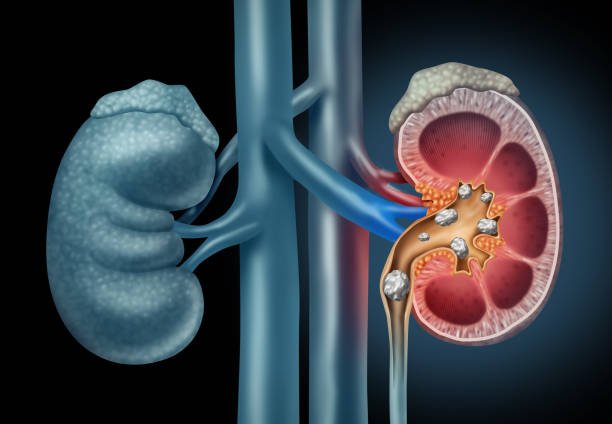Kidney stones are hard deposits made of minerals and salts that form inside your kidneys. While many kidney stones can pass through the urinary tract without the need for surgical intervention, certain factors—including the size of the stone—can dictate whether surgical treatment is necessary. Understanding when surgery may be required can help you and your healthcare provider make informed decisions about treatment options.
Understanding Kidney Stones
Kidney stones vary in size, shape, and composition. They can range from as small as a grain of sand to as large as a golf ball. The most common types of kidney stones include:
- Calcium Stones: The most prevalent type, often formed from calcium oxalate or calcium phosphate.
- Struvite Stones: Formed in response to urinary tract infections.
- Uric Acid Stones: Occur when urine is too acidic.
- Cystine Stones: Result from a genetic disorder affecting amino acid transport.
Stone Size and Surgical Considerations
The size of a kidney stone is a critical factor in determining the appropriate course of treatment. Here’s a general guideline regarding stone size and the likelihood of requiring surgery:
- Small Stones (Less than 4 mm)
Stones smaller than 4 mm often pass through the urinary tract without the need for surgical intervention. Many patients can manage pain and discomfort at home, and drinking plenty of fluids can help facilitate the passage of these stones. - Moderate Stones (4 mm to 6 mm)
Stones in this size range may still pass on their own but can cause significant pain and discomfort. Medical management, including pain relief and hydration, may be recommended. If the stone does not pass within a reasonable time frame (usually a few weeks), surgical options may be considered. - Large Stones (Greater than 6 mm)
Stones larger than 6 mm are less likely to pass naturally and are often candidates for surgical intervention. The larger the stone, the more likely it is to cause blockages, resulting in severe pain, infection, or kidney damage. - Very Large Stones (Greater than 2 cm)
Stones larger than 2 cm typically require surgical intervention. These large stones can lead to serious complications and may necessitate procedures such as:- Extracorporeal Shock Wave Lithotripsy (ESWL): A non-invasive procedure that uses sound waves to break the stone into smaller pieces that can be passed more easily.
- Ureteroscopy: A minimally invasive procedure in which a small scope is inserted into the urethra and bladder to locate and remove the stone.
- Percutaneous Nephrolithotomy: A more invasive procedure for very large stones, where a small incision is made in the back to remove the stone directly from the kidney.
Other Factors Influencing Surgical Decisions
While stone size is a significant factor, other considerations may influence the need for surgery:
- Location of the Stone: Stones located in the kidney may require different approaches compared to those situated in the ureter.
- Obstruction: If a stone causes a blockage in the urinary tract, surgical intervention may be necessary to relieve the obstruction and prevent kidney damage.
- Infection: Presence of infection, especially if it is severe or associated with blockage, often necessitates urgent surgical treatment.
- Patient Health: The overall health of the patient, including any pre-existing conditions, can also impact treatment decisions.
Conclusion
While the size of a kidney stone is an important factor in determining whether surgical intervention is necessary, it is not the only consideration. If you experience symptoms of kidney stones, such as severe pain, blood in urine, or frequent urination, it is essential to seek medical advice promptly. Your healthcare provider can evaluate your specific situation and recommend the most appropriate treatment options, whether that involves monitoring smaller stones or pursuing surgical solutions for larger ones. Understanding your options can lead to better management of kidney stones and improved overall health.

